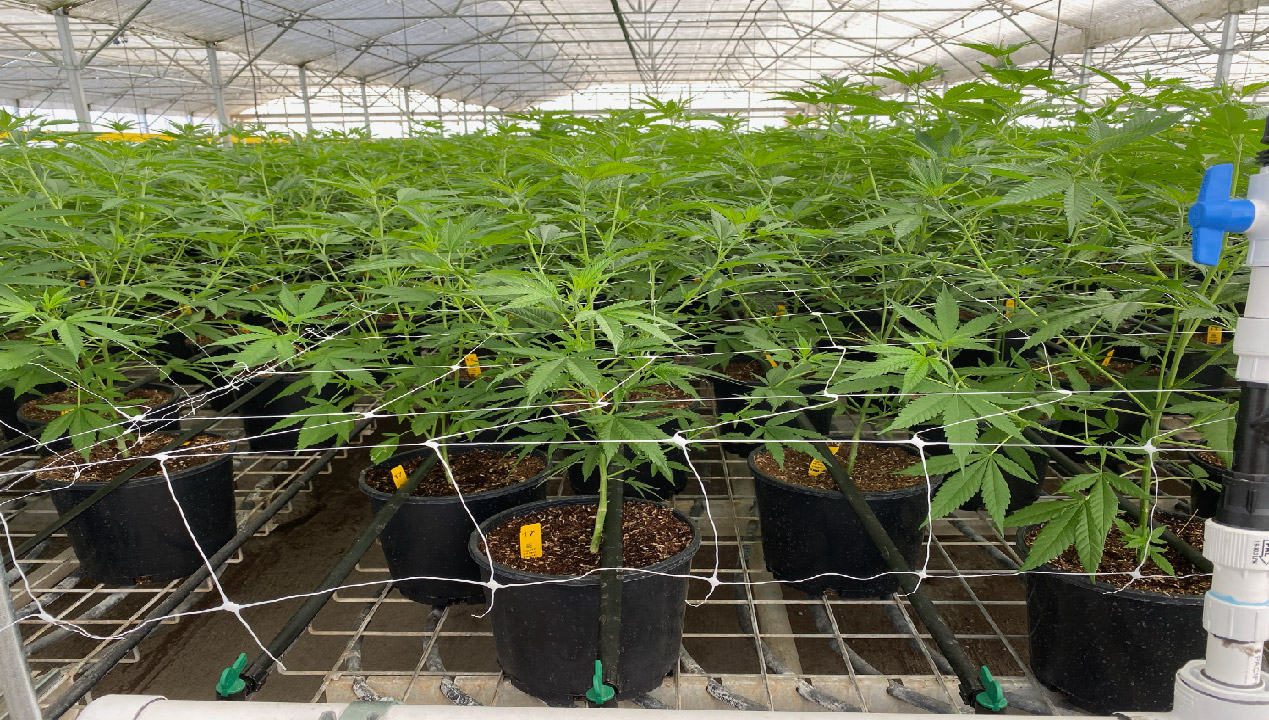How to Grow Hemp Guide
Jan 25th 2023
Mankind has used hemp for many years. Evidence dates its use back to China more than 10,000 years ago.
This plant is easy to grow and provides a cornucopia of useful products. The fibers from its stalks have been used to make rope, garments, nets and many other sturdy items and tools. The seeds from hemp plants can be used to make nutritious food, and hemp seed oil can be used for cooking and other purposes as well.
More recently, hemp has become popular for its high concentration of cannabidiol, or CBD. This compound is said to have numerous benefits for physical health as well as emotional health and relaxation.
Hemp vs. Marijuana
Like marijuana, hemp belongs to the cannabis family of plants. The main difference between hemp and marijuana plants is that hemp contains a higher concentration of CBD and a much lower concentration of THC, the psychoactive compound that gets folks high. Hemp generally has a THC level of less than 0.3%, while marijuana has THC levels ranging from 5 to 30%.
Is it Legal to Grow Hemp?
This can vary based on where you are. Knowing which states where it is legal to grow hemp is essential, whether you're a casual grower or own a professional farm. 2020 shows a move toward broader legalization, as you would expect for a plant with so many uses.
In recent years, more states have legalized marijuana for medical or recreational use in the U.S. If anything, the trend has been even more pronounced for hemp. Several states allow either commercial farming, research production or pilot programs for growing hemp. At present, Oregon, Colorado, and Vermont have legalized commercial production.
The 2018 Farm Bill made hemp legal under federal law. As with marijuana plants, state and federal laws can often conflict and the legal details can be tricky. So, if you are seriously thinking about growing hemp in your area, you should check local laws closely before proceeding.
Hemp's Benefits
Besides CBD's potential health benefits, growing hemp for CBD also can offer financial rewards. Some observers have estimated growing hemp for CBD can produce revenues of $30,000 per acre. According to one estimate, the CBD industry is predicted to grow to $22 billion by 2022.
Growing Hemp
There is a reason marijuana and hemp plants are sometimes called weed. The truth is, they grow like a weed when given the right care.
Whether you want to grow hemp for personal use or for profit, a little learning can help you grow the best hemp plants with the highest CBD levels. DripWorks is happy to provide you this beginner's guide on how to grow hemp.
Getting Off to a Good Start
Growing hemp is easy, but taking care with your plants will maximize your success. First, you should select the best seeds or clones available. As with marijuana, female hemp plants are preferred. If you can grow them without male plants, they will provide a higher level of CBD.
Hemp can be successfully grown in all 50 states. Like marijuana, hemp needs lots of sun. So, choose a sunny location.
You should also provide your hemp plants loose, loamy, and well-aerated soil for the best results. The ideal pH for soil for hemp is between 6 and 7.5. You can check the pH level with a home testing kit or by calling your local agricultural extension office for advice.
Plant your seeds after all danger of frost is past in your area. That means late spring in many places. The soil should be 50º F or warmer one inch down. Hemp will grow best in a temperature range of 60º F to 80º F. Plant the seeds 3/4- to one-inch deep.
Nurturing and Watering Your Crop
Hemp needs lots of nitrogen to grow well, so make sure to apply plenty of high-nitrogen fertilizer in between rows. Water the fertilizer to help the ground absorb it.
To grow well, hemp needs approximately 20 inches to 30 inches of rainfall during its growing season. Adequate watering is especially important during its first several weeks in the ground.
If you live in a place where that amount of rainfall is unlikely, you will need to water your hemp plants. A hemp drip irrigation system provides a smart way to irrigate your plants properly while conserving precious water and keeping weeds down too. Fertilizer injectors can be installed in your drip system to make fertilizing easy and effective.
Once your plants have sprouted, you will want to take care of them as you would other plants. Keep them well watered and fertilized, but do not overdo it. Pull out any weeds that appear. Be on the lookout for insects that can damage your plants as well as for diseases and nip them in the bud before they can cause extensive damage to your crop.
How Long Does It Take to Grow Hemp?
Your crop should be ready to harvest in about four months. Many folks like to harvest their hemp in October, when CBD levels are at their highest. Whatever you decide, growing for fun or profit with these tips will give you the satisfaction of reaping a harvest you can take pride in.

